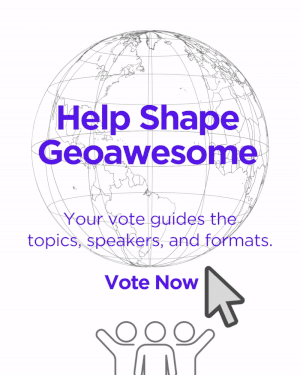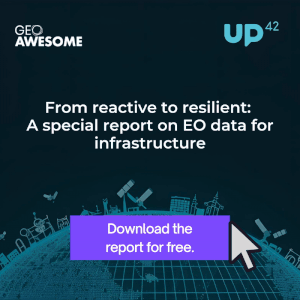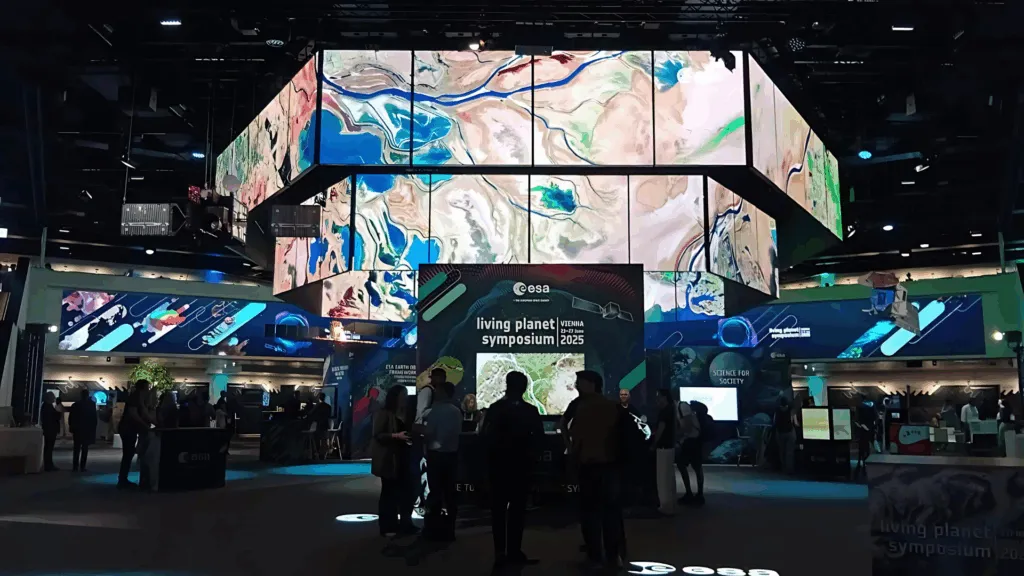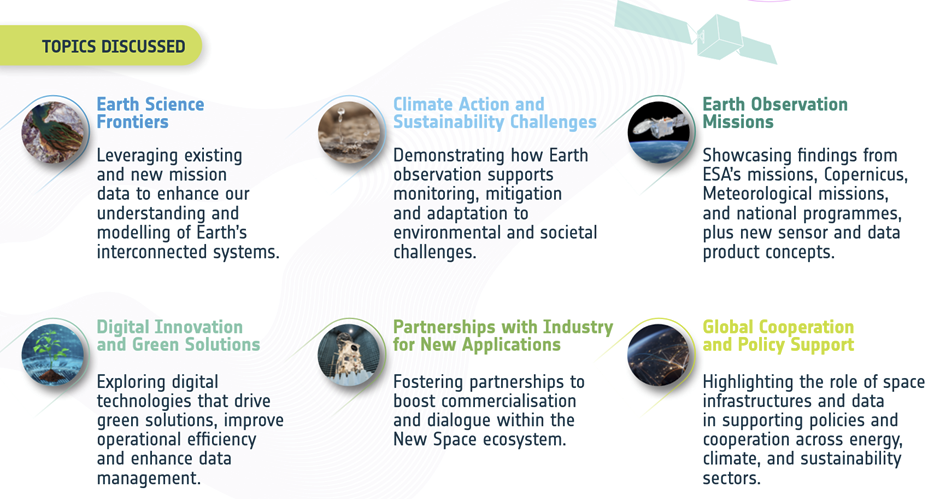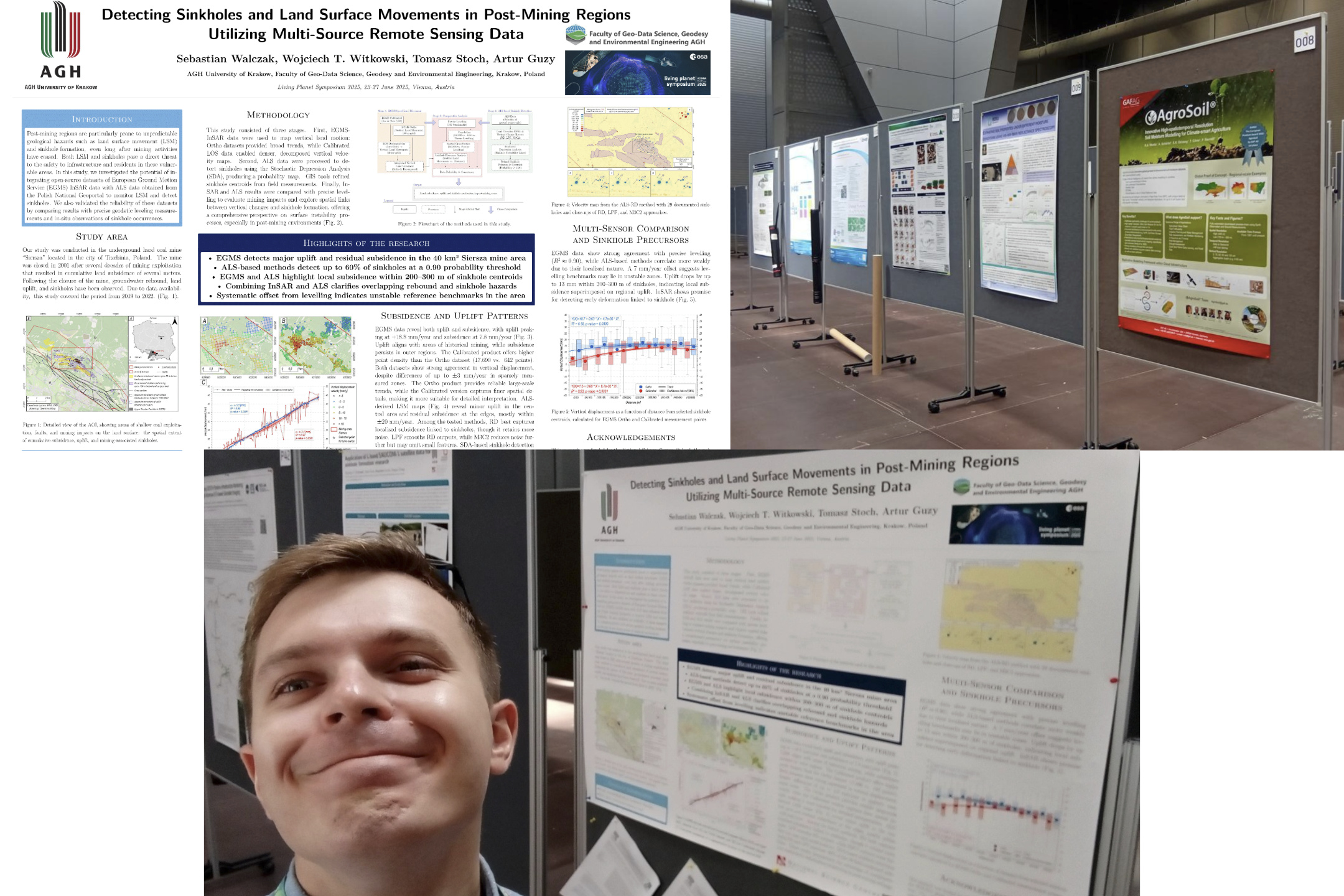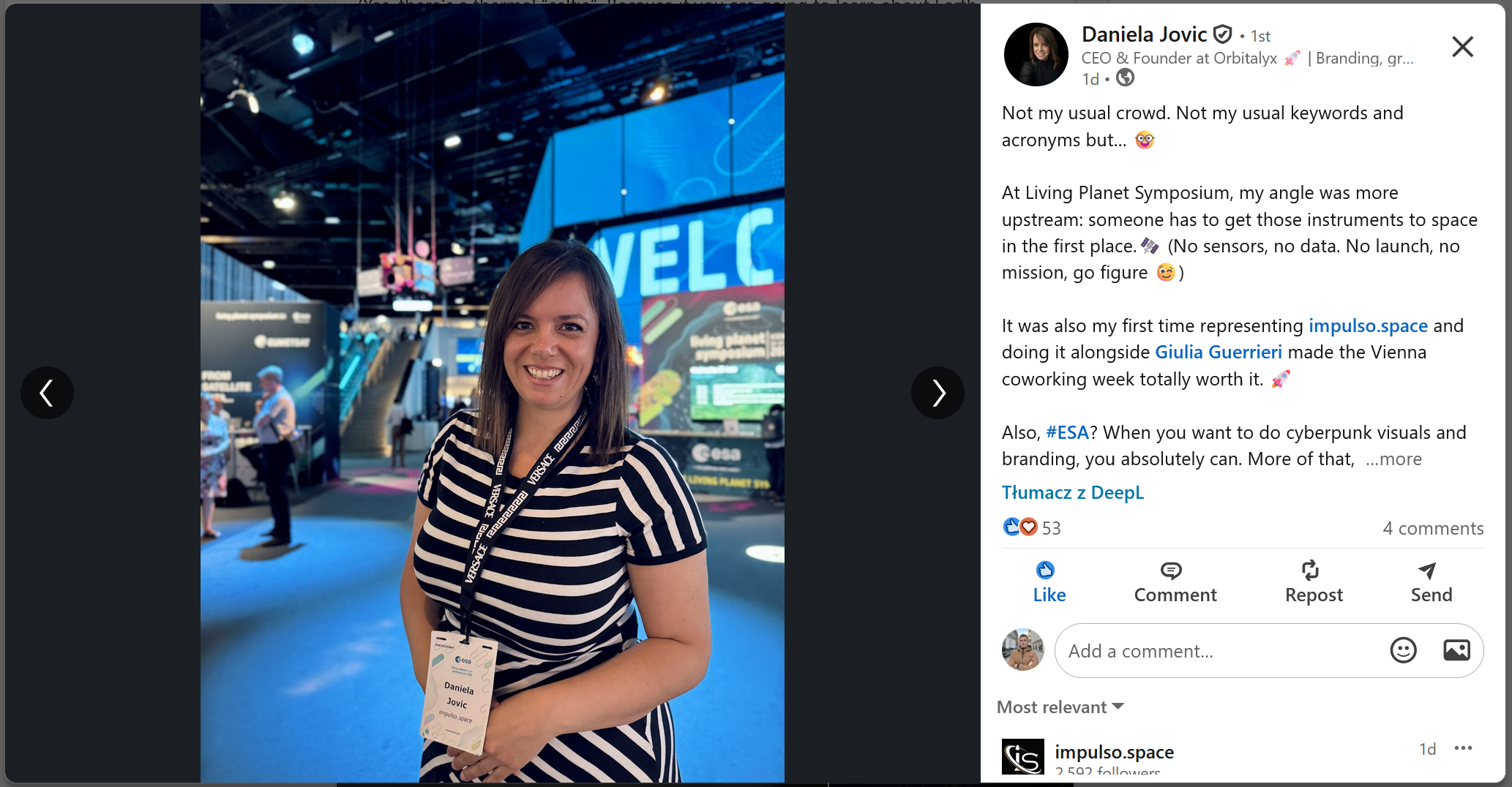
Celebrating 20 Years of Google Earth
One of the most iconic geospatial tools of our time just reached a major milestone. Google Earth celebrated its 20th anniversary this June, marking two decades of helping people explore, understand, and connect with the world around them. Whether you’re a GIS professional or simply someone curious about the planet, Google Earth has made it possible to discover the world in new and powerful ways.
With its vast archive of satellite imagery, aerial photography, Street View, and 3D renderings, Google Earth has brought stunning visuals of our planet into homes, classrooms, offices, and research labs worldwide. It has inspired a ton of geography-based games, supported environmental education, and enabled visual storytelling.
Beyond exploration, this tool has played a key role in social impact. Through initiatives like the “Geo for Good” summit and the Google Earth Impact Awards, the platform has empowered researchers, nonprofits, and local communities to drive real-world change.
Its evolution from the early Keyhole days to the integration of advanced AI capabilities and links to Niantic Spatial highlights how the platform continues to grow in relevance. It remains one of the most accessible and powerful geospatial tools available today.
Some of the biggest tech websites out there including The Verge, TechCrunch, Yahoo and others have extensively covered the mileston. This global coverage is a testament to the tool’s enduring influence. Whether it’s through storytelling, analysis, or exploration, Google Earth continues to shape how we see and interact with our world.
As geo-curious minds, we can take pride in the fact that such a globally loved and widely used tool is rooted in the geospatial discipline. Google Earth has not only shaped our industry, it has brought it closer to people everywhere.
